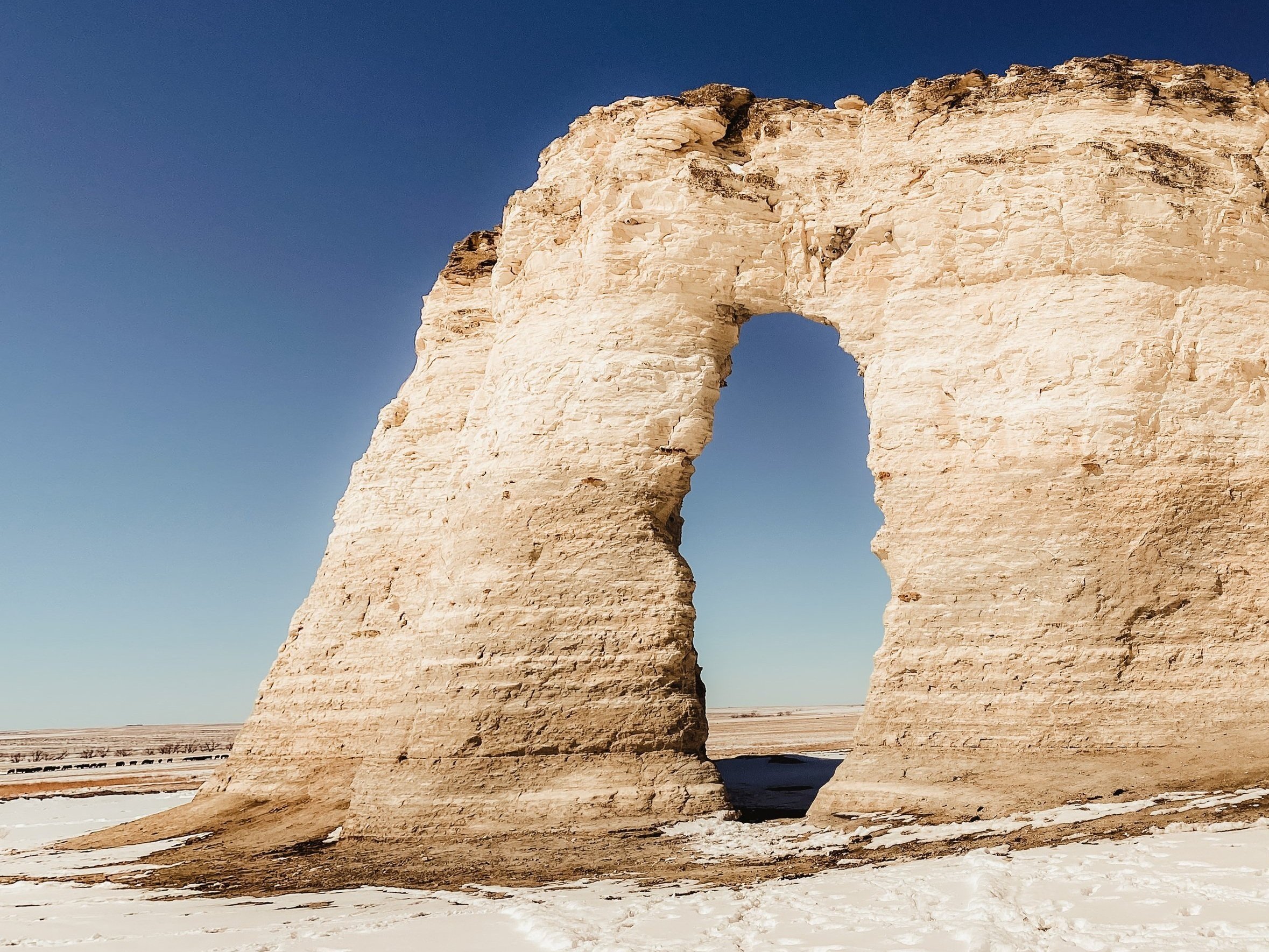What is Your Santa Fe?
Back in the pioneer days, a small settlement rose up near the Blue River that borders Kansas and Missouri. In the 1840’s, families traveling into unsettled lands stopped at this point in the trail in hopes of preparing for the long and dangerous journey ahead. It was a place where you would camp and re-group before striking out to Santa Fe, which was 700 miles in the distance. In Santa Fe you would find a land of opportunity, of freedom, of finally arriving. It was a land that only the toughest, most resilient pioneers ever reached.
Because of this little settlement’s close proximity to the Blue River and its position 20 miles from Independence, it became known as Blue Camp 20, and the wheels of heavy wagons, thousands of hooves, and the feet of generations of people wore deep ruts into the land. One traveler, William G. Johnson, wrote in a letter that the settlement, “...marked the separation between civilized and uncivilized life. Beyond were vast plains...little known to the white man - the home of the Indian - land of the buffalo.” It marked the final boundary between a life safety and familiarity and one of risk and adventure. From possible conflict with the Native Americans, to the danger of wagons breaking down before reaching the next outpost, the pioneers who were brave enough to continue on from that small camp risked everything.
Over time some of those who arrived at Blue Camp 20 — the radical, adventurous pioneers who once wanted to go all the way to Santa Fe — they stopped, they settled, they camped out, and they stayed. The peace and safety of the camp often outweighed their desire to journey back into the dangers of the plains where only uncertainty awaited. Those who had started out with dreams of a new life decided the risks were not worth taking. They had lost sight of their original vision and settled for a smaller version of what they had once hoped for. So the camp became more settled, buildings and businesses replaced tents, and over the course of time Blue Camp 20 was renamed Little Santa Fe.
This new name allowed the settlers the illusion of thinking they had actually arrived. But it became a copy; a smaller, less grand version of the actual destination. For all those who had come so far, there were many who settled for Little Santa Fe because it was safer than taking the chance to get to the real thing.
Sometimes in the journey we lose confidence and settle in a place that is only part of the way to where we’re called to be. Perhaps when the dreams we once had didn’t come to pass like we thought they would, we lost our expectation. We forgot the art of the wild, adventurous, explorative visionary that we are created and called to be. We settled in the place that’s not the real Santa Fe.
Which brings up a few questions:
What is your Blue Camp 20?
Where are you settling?
If you feel like you’ve gotten derailed from the thing you were *actually* called to do (that you’re not currently doing), it’s time to dig deep.
What is your Santa Fe?
What is your destiny?
And how are you going to get there?
Do not park your wagon in Blue Camp 20 because it’s too scary to risk everything and go for what you truly want. Keep pioneering. Pick yourself up, press on, and walk those 700 miles to your Santa Fe. Where you are going is worth the cost of the journey.
>> Danna Larson, Rural Revival Founder
**A historic marker now sits where Little Santa Fe was once settled. The cemetery still remains, as does a small portion of the foundation of the Santa Fe Christian Church. Wagon swales continue to be visible in and around the cemetery.

